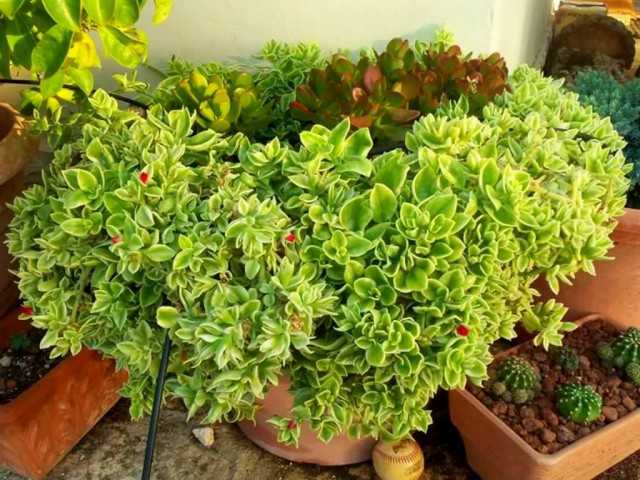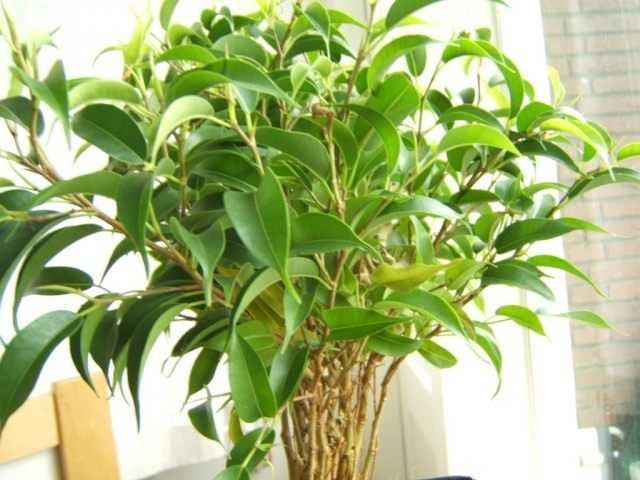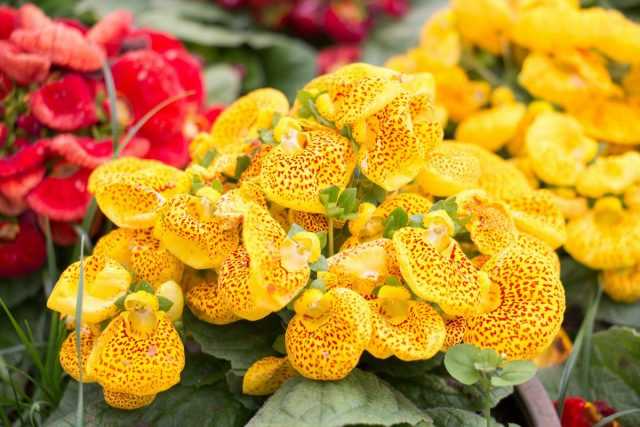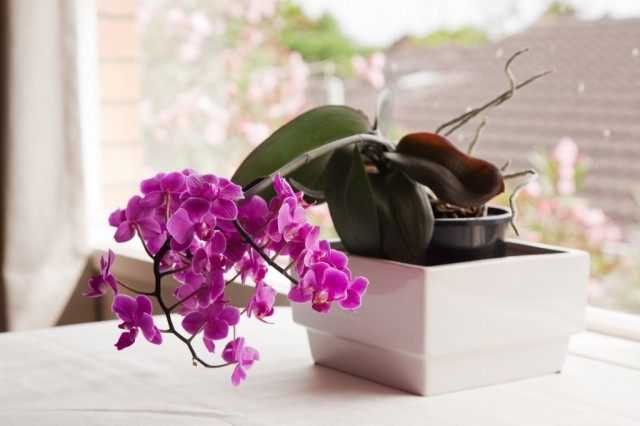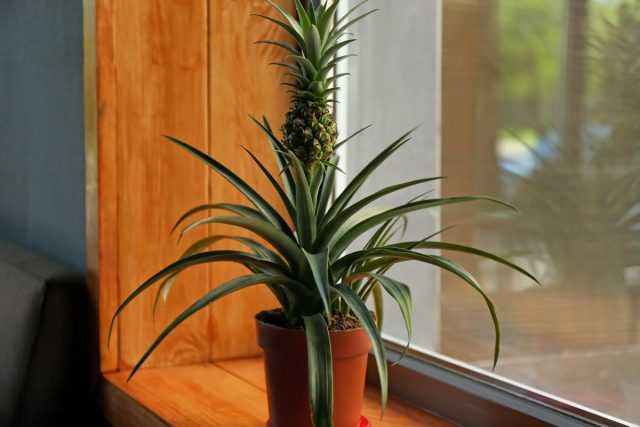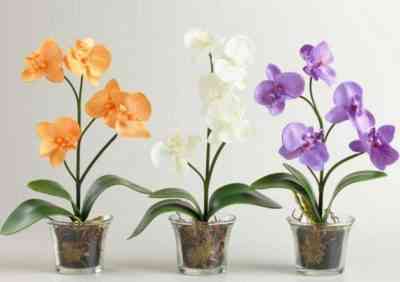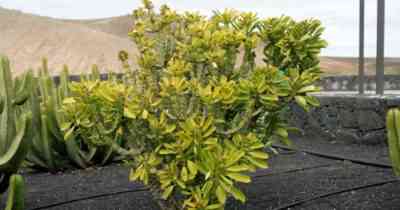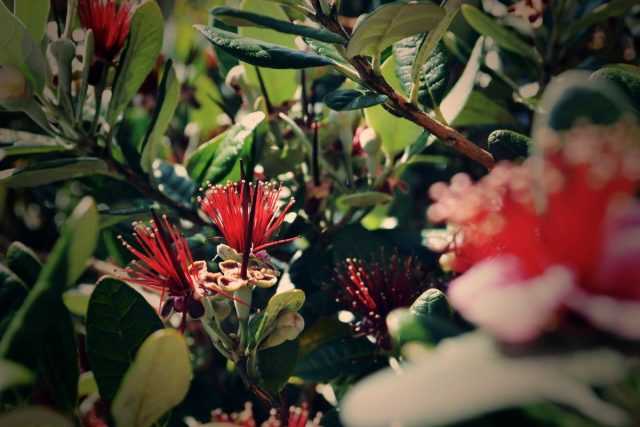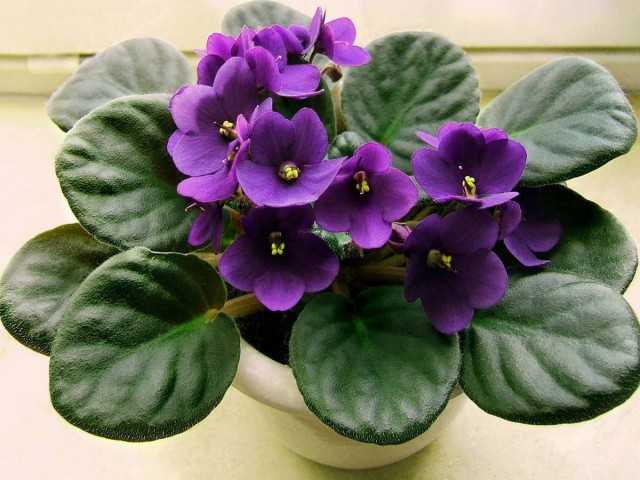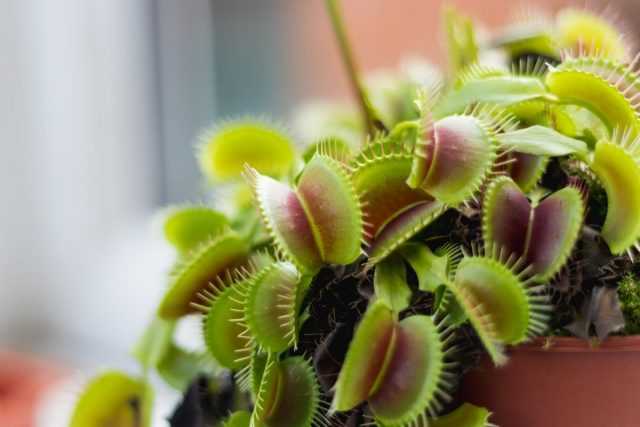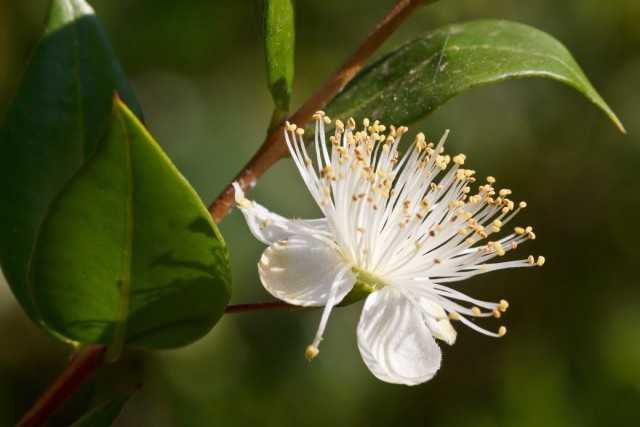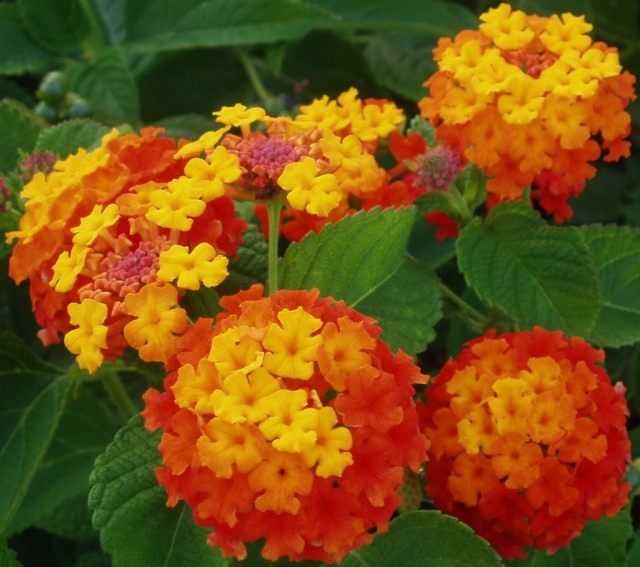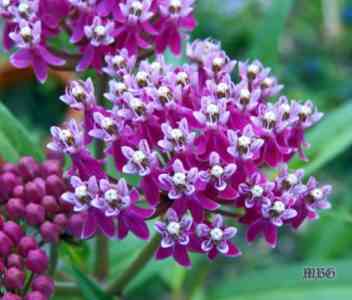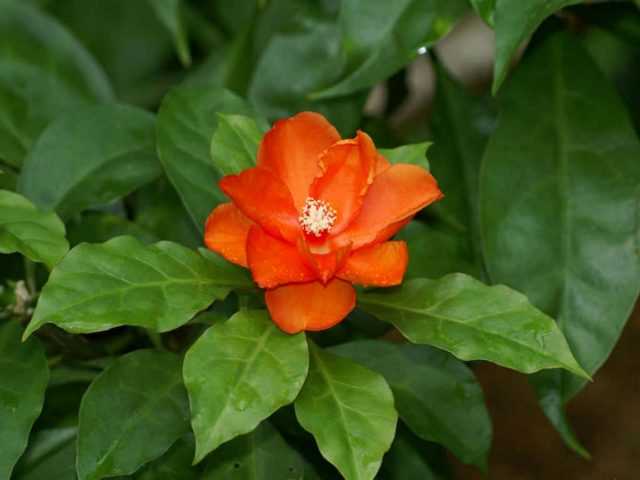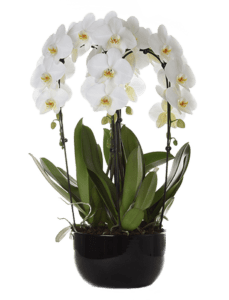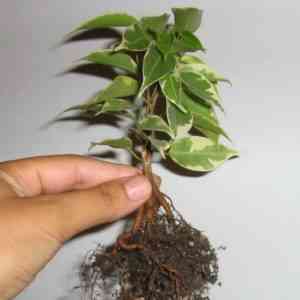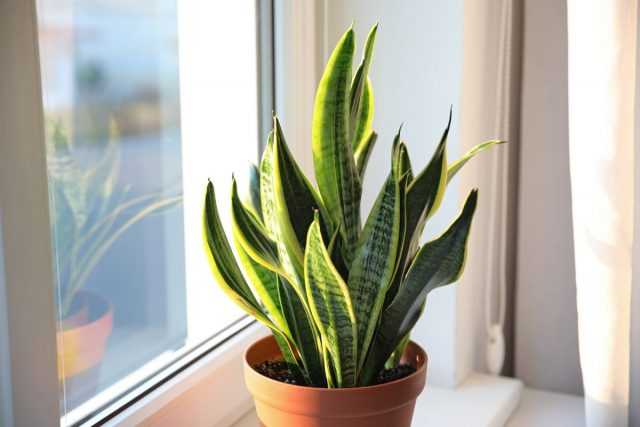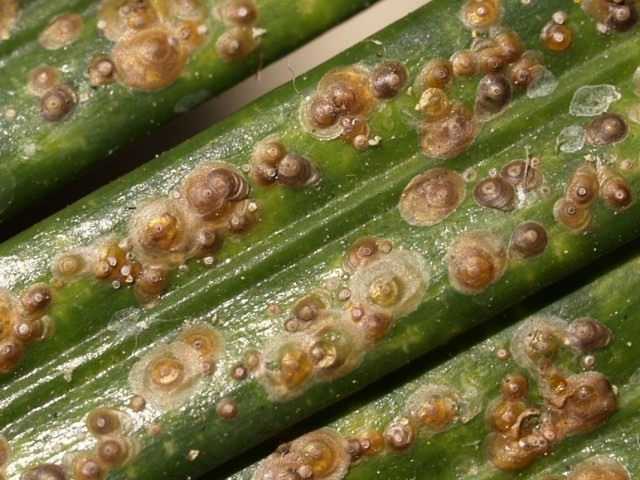Fuchsia is popularly called a “ballerina” for the special shape of a flower, similar to a dancer’s fluffy tiered skirt. It is for the original flowering that many appreciate the plant. I, too, succumbed to the charm of fuchsia and bought a pot with a shoot, piously sure that soon a cascade of delicate flowers will flaunt on my windowsill. I was deeply disappointed when fuchsia did not bloom either in the year of purchase or in the next season. But I still waited for her to bloom! I will share my experience in growing fuchsia in this article.
Why doesn’t fuchsia bloom?
Contents:
Description of the plant
Room Fuchsia (Fuchsia hybrids, Fuchsia x hybrida) are much more elegant than those that grow naturally. In nature, they resemble small spreading trees or lush shrubs, strewn with bunches of fragrant flowers. Fuchsia appeared in Europe in the XNUMXth century thanks to the explorer and botanist Leonard Fuchs. At first, it was considered a great curiosity and was grown in the winter gardens of the nobles.
Gradually, hybrid varieties were developed, more adapted to northern latitudes. This is how bush, ampel and semi-ampel forms of fuchsias appeared. Today, species fuchsias can be found very rarely in room culture, in the vast majority of indoor fuchsias are hybrids.
Flowers are double, semi-double and simple. The group for home floriculture is diverse in shades. There are white, lilac, pink, beige, violet. You can often observe combinations of 2-3 shades in the structure of one bud.
Conditions for growing fuchsia
Trying to figure out the reason why my fuchsia does not bloom, I had to revise and compare each section of plant care with the standard. After talking with experienced flower growers, I learned that fuchsia does not bloom if:
- the optimum air temperature is exceeded;
- the plant suffers from too bright lighting;
- the soil lacks nutrients;
- system errors with watering are allowed;
- the plant is affected by disease or pests.
Having found out the main reasons, I began to analyze the living conditions of my flower.

Lighting
Fuchsia will feel great on eastern and western windowsills with diffused sunlight. These beauties grow well even in partial shade – on the northern windowsills. Fuchsias are categorically contraindicated in direct sunlight! They are so delicate that they burn immediately.
I had it just on the southern windowsill. Although I placed the pots in some shade from a large neighboring plant, it turned out that she was still not comfortable there. Since the eastern and western windowsills are already occupied by me, and the northern ones are not, I put my beauty not far from the southern windowsill (about 1,5 m) on a sideboard.
Temperature
At this point, I think, was my main mistake, as a result of which fuchsia did not bloom. For her, in the active phase of growth, a temperature within the range of + 19 … + 24 ° C is considered comfortable. And in the summer, on the southern windowsill, I definitely have more than +30 ° С! In such conditions, the leaves of fuchsia lost their elasticity and she did not even think about flowering.
The rest period
With proper care, fuchsia can bloom from mid-May to November, after which its strength is depleted, and it gradually goes into a state of dormancy. To help her, watering is gradually reduced, they completely stop feeding, rearrange the flower pot to a cooler place.
After the leaves have fallen off, the branches are cut to 23 lengths, the pot is removed to a shaded room with a temperature not higher than +10 degrees. Watering is very rare, as the earthen coma dries up to half. From mid-March, the plant is transferred to the awakening mode, transferring it to a warmer corner and gradually increasing the daylight hours to 8-9 hours.
If you leave fuchsia in a warm apartment for the winter, it will weaken and may not bloom at all in the spring.
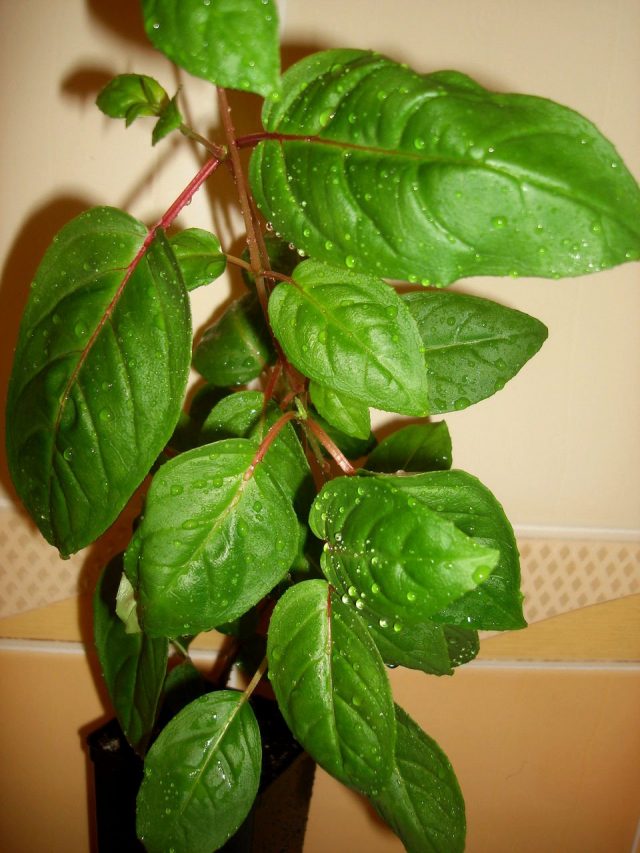
Room fuchsia care
Watering and humidity
I have a clear schedule for watering different types of plants, where I just included fuchsia. Fuchsia loves abundant watering. The control indicator is the drying out of the topsoil. Sometimes I arrange a bush of souls, which he takes very favorably.
Important: excess water from the pan must be removed immediately, so as not to provoke rotting of the roots!
Indoor fuchsias are suitable for medium humidity. That is, in the summer they will not be disturbed by spraying.
Feeding
Fuchsia is sensitive to nutritional deficiencies. I apply fertilizers every week, but in half portions less than indicated in the instructions. I alternate organic and mineral complex fertilizers for flowering indoor plants. Fuchsias need active feeding from spring to autumn.
By analogy with other plants, I began to pour wood ash on the soil surface 1 time in 14 days (1 teaspoon without a slide).
Read also about fuchsia in our material Houseplants with the most graceful flowers.
Diseases and pests
It is noticed that most often fuchsia is affected by gray rot. It is enough not to keep track of the amount of moisture introduced several times or not to remove the water from the pan, as alarming spots and a grayish coating appear on the lower leaves and stem.
To avoid trouble, I started using Glyocladin tablets. The drug acts as a prophylactic and therapeutic agent, destroying the cells of pathogenic bacteria and fungi. It is economical and safe for pets. According to the instructions, the tablet must be buried 6-7 centimeters into the soil when transplanting a plant. When I saw the insidious bloom, I just stuck it into the pot, reduced the watering, and sprayed the leaves with “Epin”. In my case, the set of measures worked, and the fuchsia became noticeably more cheerful.
The flower is occasionally attacked by spider mites, aphids and whiteflies. In order to prevent their appearance, I spend 2 times a season spraying the leaves with “Karbofos”. Usually, such an event for me is massive so that the pests do not move from one flower to another.
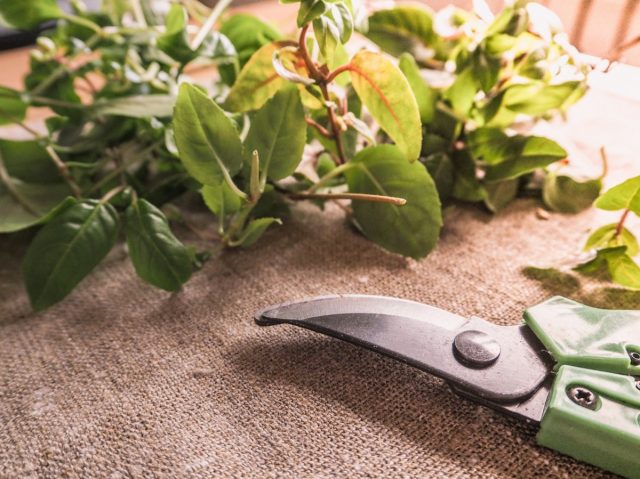
Reproduction of fuchsia
To form a neat appearance, fuchsia sometimes has to be pinched. I felt sorry for throwing out the processes, and I planted them under the banks. I suffered a lot with them, some of them disappeared, but two of them started up. Roots appear in water only on days 14-21. To be sure that the new plant has taken root, it will take 2-3 months when at least one new leaf appears.
Experienced growers propagate fuchsia with a leaf, for which they separate it from the plant and put it in water. The time for the appearance of the first roots will be 2-4 weeks, depending on the condition of the mother plant.
You can try to plant it immediately in a damp substrate, cover it with a plastic bag or an inverted jar and monitor its condition, opening it daily for airing.
Rarely, but at home, fuchsia is propagated by seeds. They are immediately planted in separate cups or cassettes.
Dear readers! Indoor fuchsias are amazing plants that can decorate any interior with their flowering. If your fuchsia isn’t blooming, don’t despair! Changing the conditions and adjusting the care, you can, like me, admire the flowering of the “ballerina”. Good luck to you!
